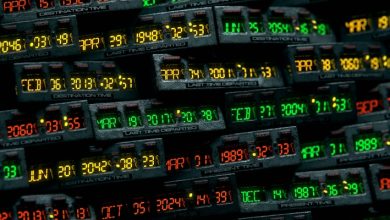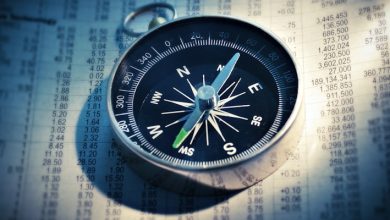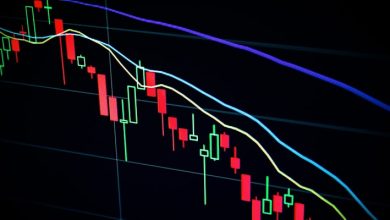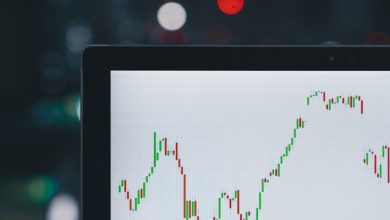How to Use Technical Analysis for Crypto Market Insights
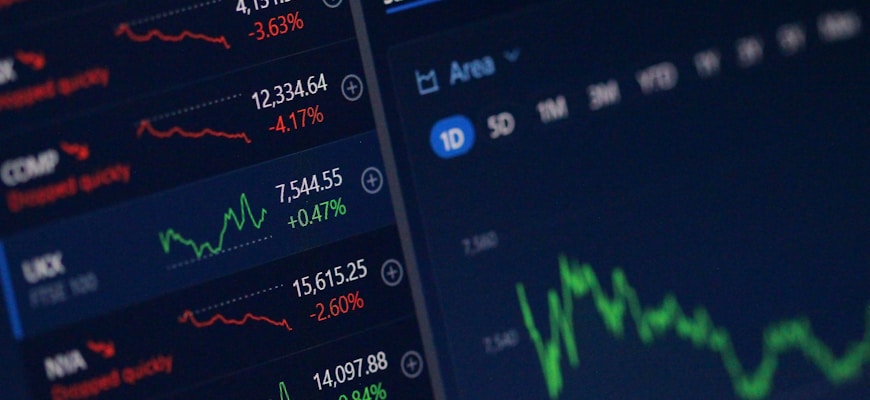
- Understanding the basics of technical analysis
- Key indicators to look out for in crypto market analysis
- Using chart patterns to predict market movements
- Implementing moving averages in your analysis strategy
- The role of support and resistance levels in technical analysis
- Combining technical analysis with fundamental analysis for better insights
Understanding the basics of technical analysis
Technical analysis is a method used to evaluate investments based on statistical trends and historical market activity. It can be a valuable tool for gaining insights into the crypto market and making informed decisions about buying or selling digital assets.
One of the fundamental principles of technical analysis is that past price movements can indicate future price movements. By analyzing charts and patterns, traders can identify trends, support and resistance levels, and potential entry and exit points for trades.
Some common technical analysis tools include moving averages, relative strength index (RSI), and Fibonacci retracement levels. These tools can help traders spot trends, momentum shifts, and potential reversal points in the market.
Understanding the basics of technical analysis can help crypto traders interpret market data and make more informed trading decisions. By analyzing price charts and applying technical indicators, traders can gain insights into market trends and patterns that may not be apparent at first glance.
Key indicators to look out for in crypto market analysis
When conducting crypto market analysis using technical indicators, it is important to pay attention to key signals that can provide valuable insights into market trends and potential price movements.
- One important indicator to look out for is moving averages, which can help identify trends and potential support or resistance levels.
- Another key indicator is the Relative Strength Index (RSI), which can indicate whether a particular cryptocurrency is overbought or oversold.
- Volume analysis is also crucial, as spikes in trading volume can signal potential price movements.
- Additionally, trendlines can help identify key levels of support and resistance, providing valuable information for making trading decisions.
- Lastly, keeping an eye on key chart patterns such as head and shoulders, triangles, and flags can help predict potential price movements.
By paying attention to these key indicators in your crypto market analysis, you can gain valuable insights that can help inform your trading decisions and improve your overall trading strategy.
Using chart patterns to predict market movements
One of the key ways to analyze market trends in the crypto world is by using chart patterns. These patterns can provide valuable insights into potential market movements based on historical price data. By identifying patterns such as triangles, head and shoulders, and double tops or bottoms, traders can make more informed decisions about when to buy or sell their assets.
Chart patterns are formed when prices create recognizable shapes on a price chart, indicating potential future price movements. For example, a symmetrical triangle pattern suggests a period of consolidation before a breakout in either direction, while a head and shoulders pattern may indicate a trend reversal. By learning to recognize these patterns, traders can gain an edge in predicting market movements and making profitable trades.
It’s important to note that chart patterns are not foolproof indicators of future price movements. While they can provide valuable insights into market dynamics, they should always be used in conjunction with other technical analysis tools and fundamental research. Additionally, market sentiment and external factors can also influence price movements, so it’s essential to consider all relevant information when making trading decisions based on chart patterns.
Implementing moving averages in your analysis strategy
Moving averages are a popular technical analysis tool used by traders to identify trends and potential market reversals in the crypto market. By implementing moving averages in your analysis strategy, you can gain valuable insights into the price movements of various cryptocurrencies.
There are different types of moving averages that you can use, such as simple moving averages (SMA) and exponential moving averages (EMA). SMAs give equal weight to all data points, while EMAs give more weight to recent data points. Both types of moving averages can be used to smooth out price fluctuations and provide a clearer picture of the overall trend.
When using moving averages in your analysis, it’s important to pay attention to crossovers. A bullish crossover occurs when a short-term moving average crosses above a long-term moving average, indicating a potential uptrend. Conversely, a bearish crossover occurs when a short-term moving average crosses below a long-term moving average, signaling a potential downtrend.
Additionally, you can use moving averages to set support and resistance levels. The price of a cryptocurrency often reacts to its moving averages, with the moving average acting as a dynamic support or resistance level. By identifying these levels, you can make more informed decisions about when to enter or exit a trade.
The role of support and resistance levels in technical analysis
The role of support and resistance levels in technical analysis is crucial for understanding market trends and making informed decisions when trading cryptocurrencies. Support levels refer to the price level at which a particular asset tends to stop falling and bounce back, while resistance levels indicate the price level at which the asset tends to stop rising and reverse its direction.
By identifying key support and resistance levels on a price chart, traders can anticipate potential price movements and adjust their strategies accordingly. These levels act as psychological barriers that reflect the collective actions of market participants, influencing the supply and demand dynamics of a particular cryptocurrency.
When a cryptocurrency price approaches a support level, it is expected to find buying interest from traders who believe the asset is undervalued, leading to a potential price rebound. Conversely, when a price nears a resistance level, selling pressure may increase as traders look to take profits, causing the price to retreat.
Understanding how support and resistance levels interact can help traders identify potential entry and exit points, manage risk effectively, and improve their overall trading performance in the volatile crypto market. Technical analysis tools such as trendlines, moving averages, and chart patterns can aid in identifying these critical levels and confirming potential trading opportunities.
Combining technical analysis with fundamental analysis for better insights
Combining technical analysis with fundamental analysis can provide a more comprehensive view of the crypto market and help investors make more informed decisions. While technical analysis focuses on price patterns and market trends, fundamental analysis looks at the underlying value of a cryptocurrency based on factors such as technology, team behind the project, and market demand.
By combining these two approaches, traders can gain a deeper understanding of the market dynamics and potential investment opportunities. For example, if technical analysis indicates a bullish trend for a particular cryptocurrency, but fundamental analysis reveals concerns about the project’s development team, investors may reconsider their trading strategy.
Additionally, using both technical and fundamental analysis can help traders identify entry and exit points more effectively. While technical analysis can signal potential trends and price movements, fundamental analysis can provide insights into the long-term viability of a cryptocurrency project.
Overall, combining technical and fundamental analysis can provide a more holistic view of the crypto market and help investors make better informed decisions.
